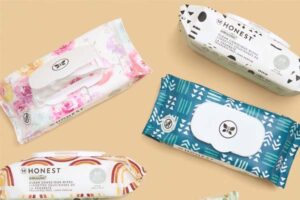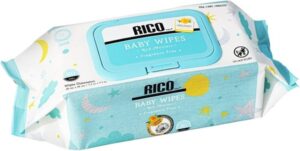
Are you seeing "flushable" on wipe packages but hearing horror stories about plumbing? It's confusing, and you worry about costly repairs or environmental harm. Let's clear up the legal situation surrounding flushable wipes.
Selling wipes labeled "flushable" isn't usually illegal in places like the US or EU right now. However, making misleading claims is illegal and strictly regulated. Many laws focus on accurate labeling and preventing damage to sewer systems, not banning the word itself.
The confusion exists because there isn't one single global law defining "flushable." The term itself causes a lot of debate. Different countries, and even cities, have their own rules or guidelines. What might pass a lab test for flushability sometimes still causes clogs in older pipes or municipal systems. This grey area is why agencies like the U.S. Federal Trade Commission (FTC) step in. They take action when companies make claims about flushability that they can't fully prove, especially if it results in costly damage. It’s less about the word and more about the truth behind it.
So, the main legal issue isn't an outright ban on using the word "flushable." It's about whether the product actually behaves as promised when flushed. Industry groups like INDA (Association of the Nonwoven Fabrics Industry) in North America and EDANA in Europe have developed stringent testing standards – the GD4 guidelines are the most current. These tests check if wipes break down quickly, pass through pipes, and don't cause blockages. However, these standards aren't always legally required everywhere. Some areas, like the State of California or Washington D.C., have passed tougher local laws. These laws demand specific proof of flushability or require clear "Do Not Flush" logos on packaging for wipes that don't meet high standards. The legal focus is shifting towards protecting crucial wastewater infrastructure. I remember a client facing potential fines because their previous supplier's "flushable" claims didn't hold up under scrutiny – clear labeling saved them future trouble.
What brand of wet wipes are flushable?
Okay, so if a wipe can be legally labeled "flushable" (as long as it's truthful), which specific brands actually meet the standard? This is a question we get asked quite often at BBWIPES®.
It's better to focus on proof of meeting standards like INDA/EDANA GD4, rather than just brand names. Very few consumer wipe brands consistently pass these tough tests because the necessary materials impact cost and sometimes performance.
The reality is, true flushability according to the latest industry standards (GD4) is a high bar. Many products labeled "flushable" might only meet older, less demanding criteria, or they might interpret "flushable" differently. This gap between labeling and real-world performance in sewer systems is what causes so many problems.
What Makes a Wipe Truly Flushable According to GD4?
So, what does it take for a wipe to pass the GD4 tests? It's not simple. The standards cover several key aspects:
- Disintegration: The wipe must break down into small pieces quickly when agitated in water, similar to toilet paper.
- Buoyancy: The wipe material should generally sink, not float, to avoid clogging surface-level components in sewage systems.
- Material Composition: It must not contain plastics or regenerated cellulose that doesn't readily biodegrade in relevant conditions. It needs to be made primarily from specific short-cut cellulose fibers.
- System Passage: It must be proven not to clog household pipes or municipal sewage pumps under test conditions.
Here’s a simple comparison:
| Feature | Truly Flushable (GD4 Compliant) | Most Non-Flushable Wipes | Many "Flushable" Labeled Wipes |
|---|---|---|---|
| Material | Short cellulose fibers | Plastics (PP, PET), long fibers | Variable, often mixed fibers |
| Breakdown | Rapid disintegration | Very slow or none | Slow or partial disintegration |
| Wet Strength | Loses strength quickly | Stays strong when wet | May retain some strength wet |
| Sewer Impact | Designed to pass systems | High risk of clogs/fatbergs | Moderate to high risk of clogs |
The "Fine Print" Problem: Misleading Labels
This difference between standards explains the "fine print" issue. A brand might technically meet some definition of flushable, perhaps an older one, allowing them to use the label. But if it doesn't meet GD4, it still poses a risk to plumbing and sewers. This is why consumer groups and regulators push for clearer labeling, like the "Do Not Flush" symbol on products that aren't designed for sewer systems. As manufacturers, we believe transparency is key. If a product isn't GD4 compliant, it shouldn't imply it's sewer-safe.
Material Science: The Key to Flushability
Achieving true GD4 flushability comes down to material science. Standard wet wipes, like baby wipes or disinfecting wipes, are designed for strength and durability. They often use nonwoven fabrics made from plastic fibers like polyester (PET) or polypropylene (PP), or long cellulose fibers that hold together strongly when wet. Truly flushable wipes need different materials – typically, specially processed short cellulose fibers that lose integrity rapidly in water. Developing and sourcing these materials, and ensuring they still perform adequately as a wipe before flushing, requires specific R&D and manufacturing capability. This is an area we specialize in at BBWIPES®, understanding how different fibers behave.
Why Aren't More Wipes Truly Flushable?
Given the problems non-flushable wipes cause, why aren't more brands meeting the GD4 standard? There are several reasons:
- Cost: The specialized short fibers needed for true flushability are often more expensive than standard nonwoven materials.
- Performance Trade-offs: Making a wipe break down easily can sometimes mean it feels less strong or soft during use. Balancing performance with flushability is a technical challenge.
- Manufacturing Complexity: Producing materials that meet GD4 specifications requires precise control over fiber type, processing, and bonding agents.
- Market Demand vs. Education: Many consumers prioritize convenience and immediate performance over flushability, partly because the negative consequences aren't always immediately obvious to the end-user.
What Happens When Non-Flushable Wipes Go Down the Drain?
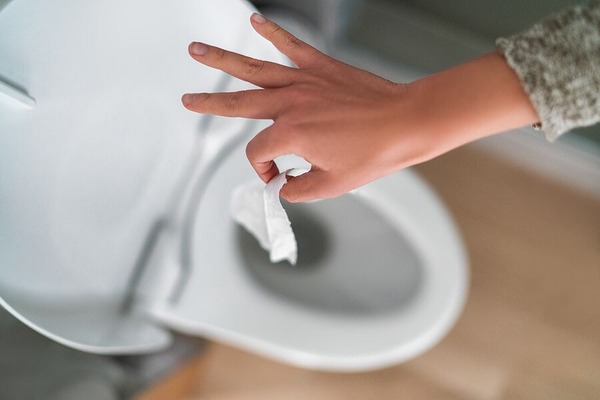
Flushing a wipe that isn't truly flushable might seem like a small act. But when millions of people do it, the consequences build up, creating huge problems for homes, towns, and the environment.
Non-flushable wipes fail to break down like toilet paper. They cause clogs in home plumbing and city sewer lines, tangle expensive pump station equipment, contribute to massive 'fatbergs,' and lead to wastewater pollution.
Think about the journey a flushed wipe takes. It doesn't just disappear. It travels through pipes that were only designed for human waste and toilet paper.
Home Plumbing Nightmares
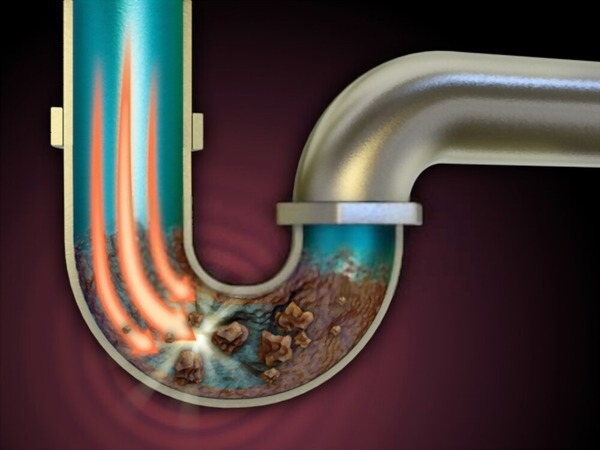
The first place problems often show up is right in your own home. Non-flushable wipes easily snag on imperfections inside pipes. They don't dissolve, so they start trapping grease, hair, and other debris. Soon, you can have a stubborn clog causing backups in toilets or drains. Calling a plumber to clear these blockages can cost hundreds of dollars. I’ve spoken to facility managers who deal with constant plumbing calls in apartment buildings, often tracing the source back to improperly flushed wipes. [Personal Story Placeholder - Briefly mention a common issue seen by facilities/plumbers]
Municipal Sewer System Strain
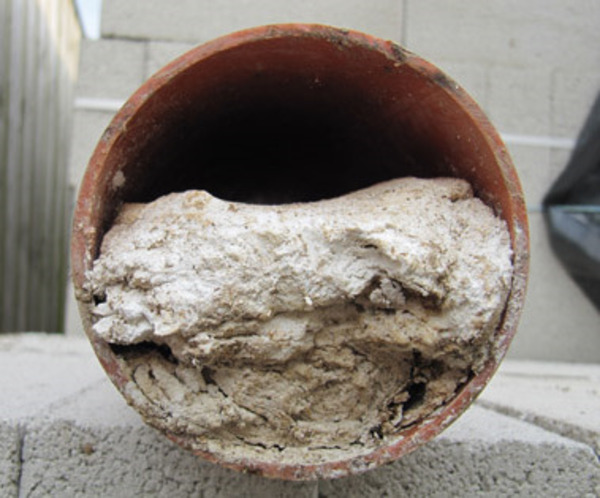
Once past your home's plumbing, wipes enter the larger municipal sewer system. Here, they cause even bigger issues. They collect together, forming ropes and clumps that block main sewer lines. More critically, they get tangled in the large pumps responsible for moving wastewater to treatment plants. When these pumps get jammed, they can fail, leading to costly repairs or replacements. Cities and wastewater districts worldwide spend millions annually just dealing with wipe-related blockages and equipment damage. Often, workers have to manually descend into sewers to cut away massive clumps of wipes – a dangerous and unpleasant job. These costs ultimately get passed down to residents through utility bills.
The Infamous "Fatbergs"
You might have heard of "fatbergs." These are monstrous masses found blocking city sewers. They are formed from a combination of congealed fats, oils, and grease (FOG) that people pour down drains, combined with non-flushable items that act as a binding agent. Wet wipes are a primary culprit in holding these disgusting bergs together. Famous examples, like the massive 130-tonne fatberg found in London's sewers, highlight the scale of the problem. Removing them requires specialized equipment and is incredibly expensive.
Environmental Impact
Perhaps the most concerning consequence is the environmental damage. When wipes clog sewer systems, they can contribute to overflows, especially during heavy rain. This means untreated sewage, containing wipes and other pollutants, can spill directly into rivers, lakes, and oceans. Furthermore, many conventional wipes contain plastic fibers. When flushed, these wipes slowly break down into microplastics in waterways. These microplastics harm aquatic life, contaminate ecosystems, and can potentially enter the human food chain. Choosing not to flush non-flushable wipes is a critical step in protecting water quality.
Partnering with BBWIPES® for Responsible Wipe Solutions
Choosing BBWIPES® means choosing a partner committed to:
- Expertise: Deep knowledge in formulation, materials, and global regulations.
- Quality: Rigorous 4-stage inspection protocols and adherence to international standards.
- Innovation: Exploring eco-conscious materials and technologies like our AquaRise® system.
- Reliability: Agile logistics and a proven track record serving clients in 85+ countries.
- Transparency: Helping you make informed decisions about product claims and labeling.
If you're looking for a wet wipe manufacturer who understands these complex issues and can deliver high-quality, compliant products tailored to your market needs, we should talk. Let us help you navigate the challenges and create wipes your customers can trust.
Contact Timothy Wei, our Global Business Director, today for a consultation.
Email: Timothy@bbwipes.com
Phone/WhatsApp: +86 13750830177
Website: www.bbwipes.com (Live chat available)
Conclusion: Making Informed Choices About Wipes
Flushable wipe legality is complex; focus on truthful labeling backed by proof, not just the word. Very few wipes meet strict GD4 flushability standards. Flushing the wrong wipes causes severe plumbing, sewer, and environmental damage. Make informed choices and partner with experts like BBWIPES®.

